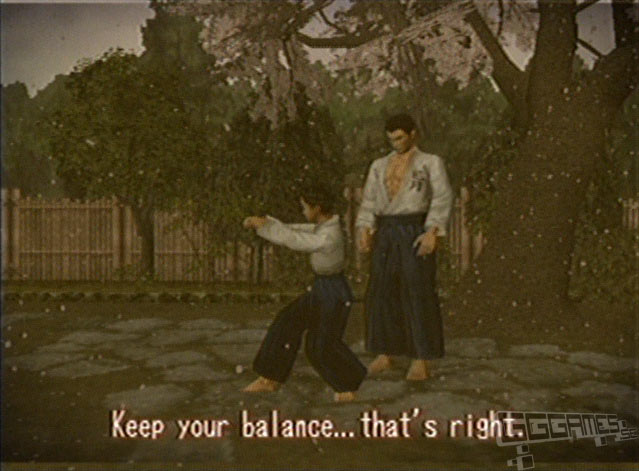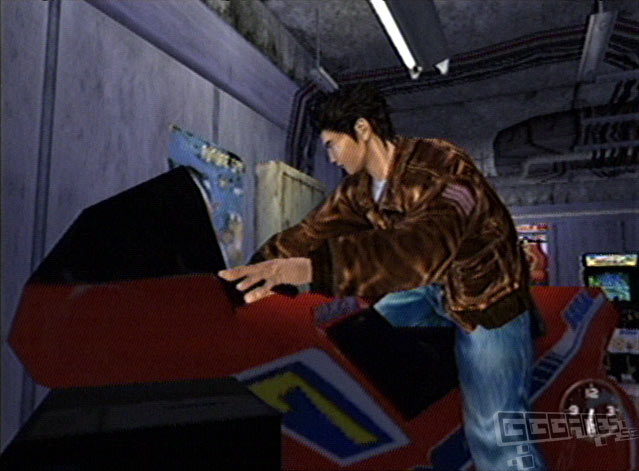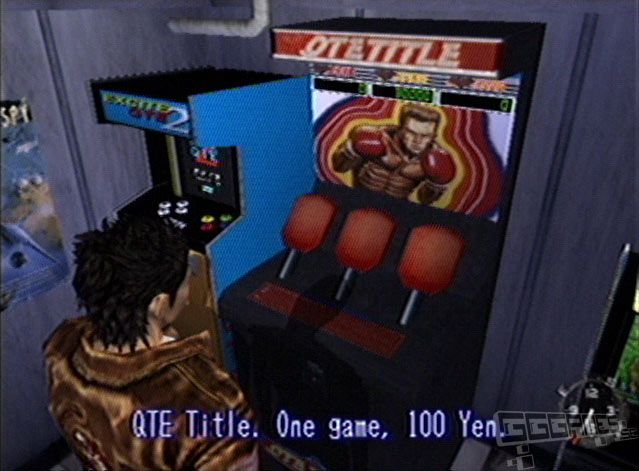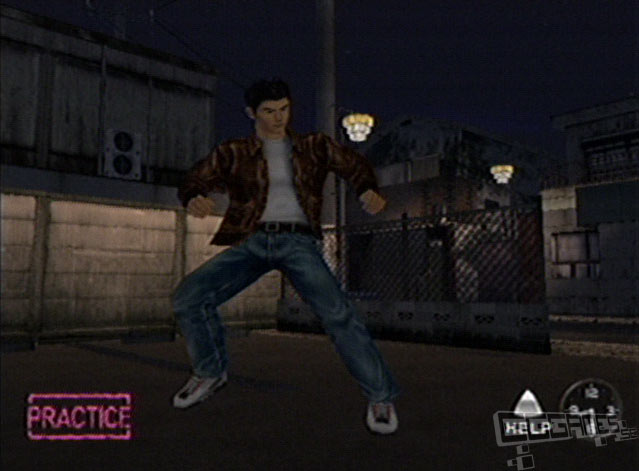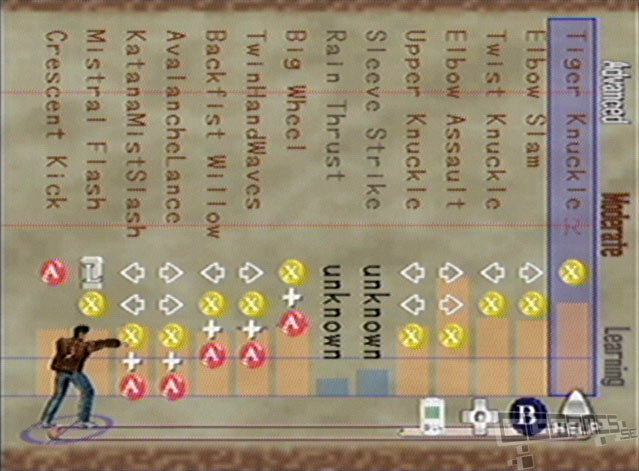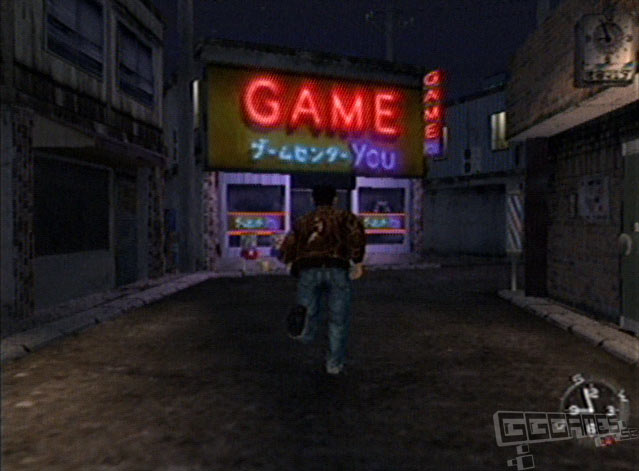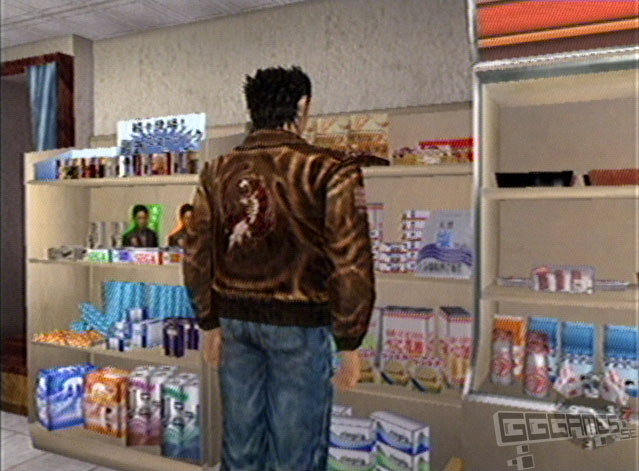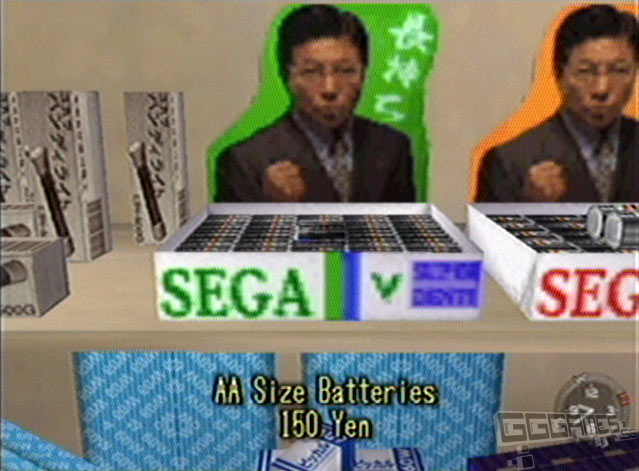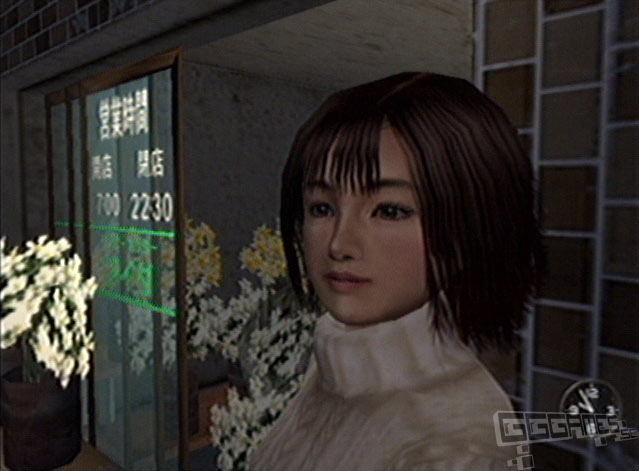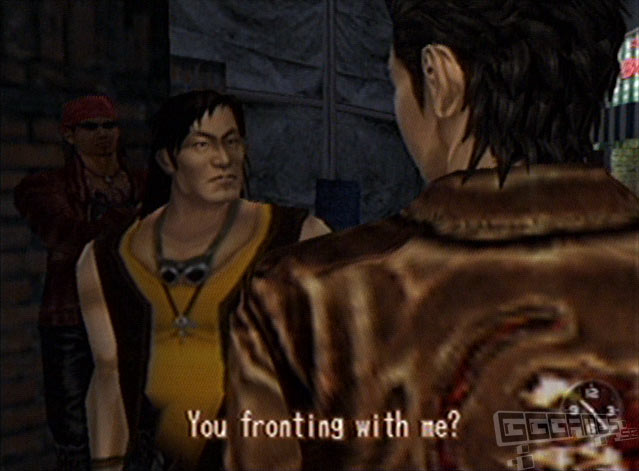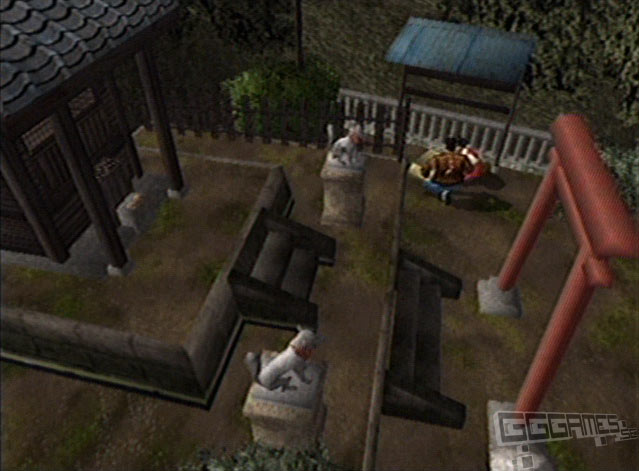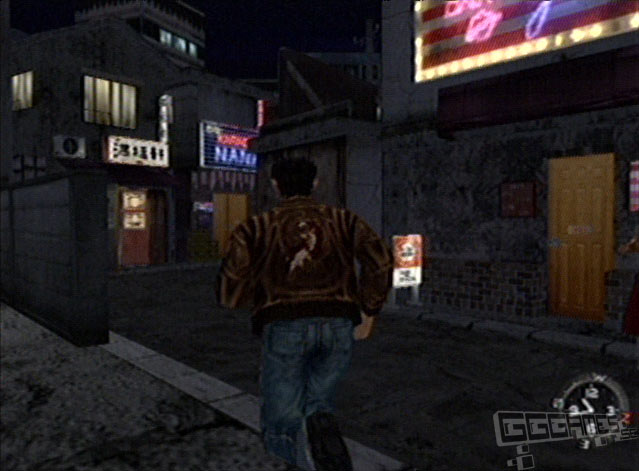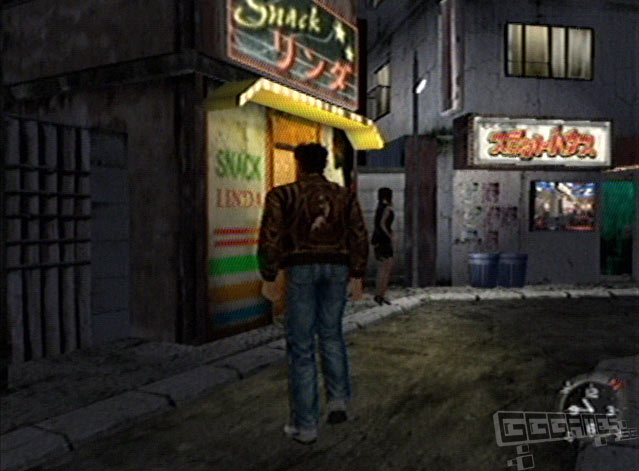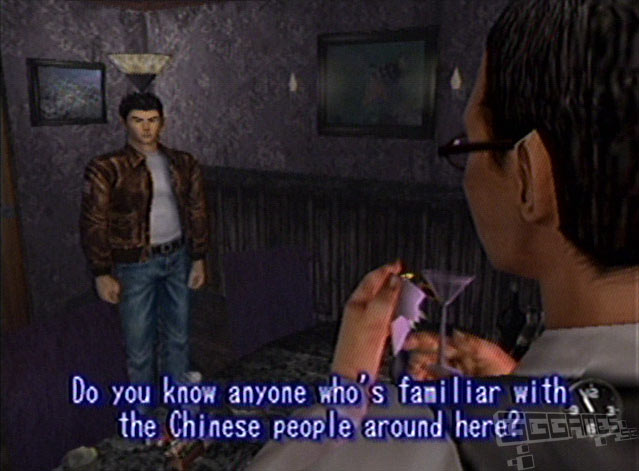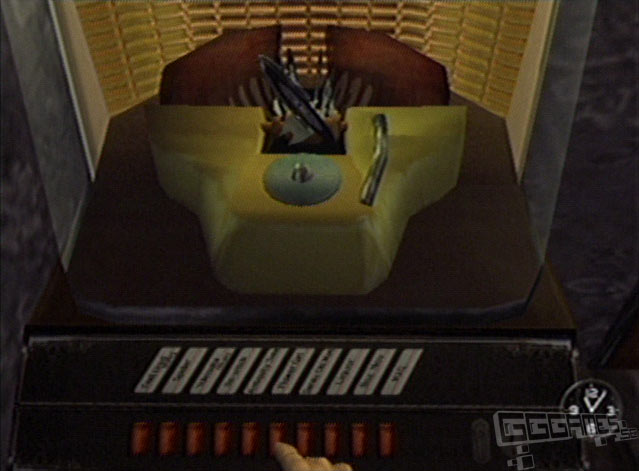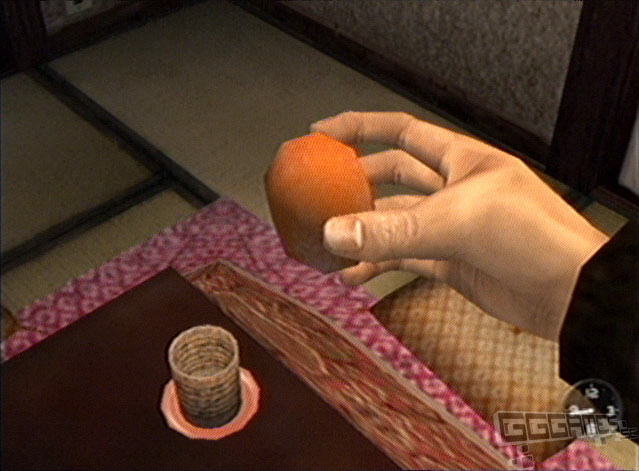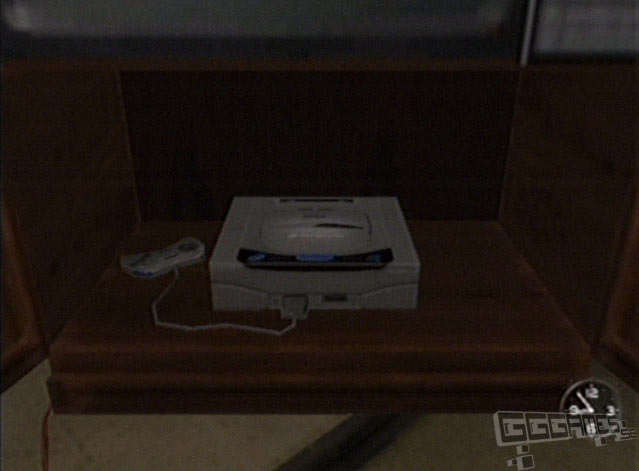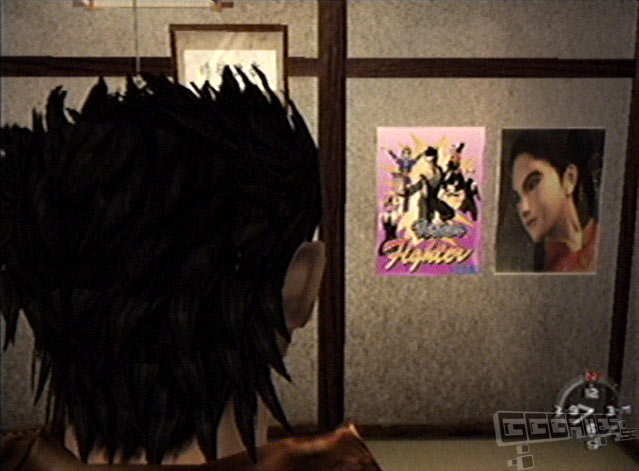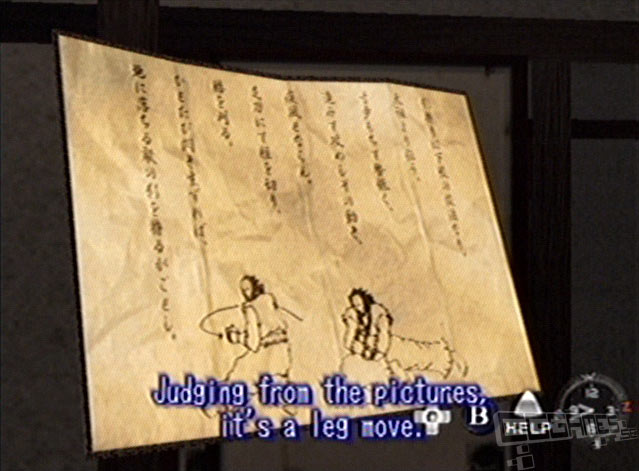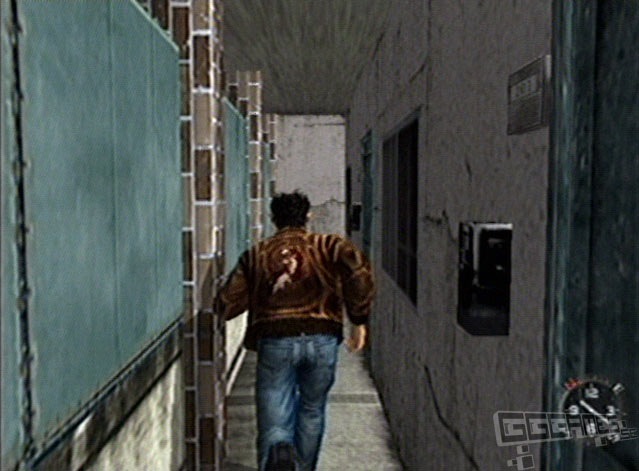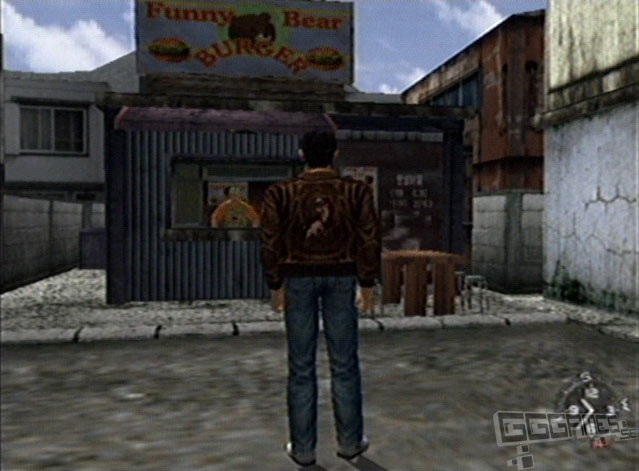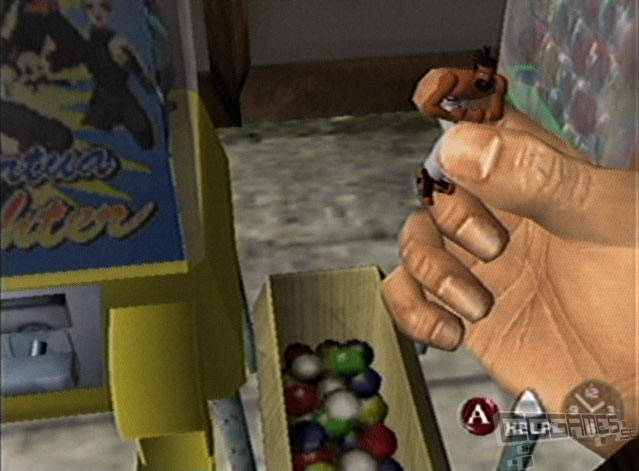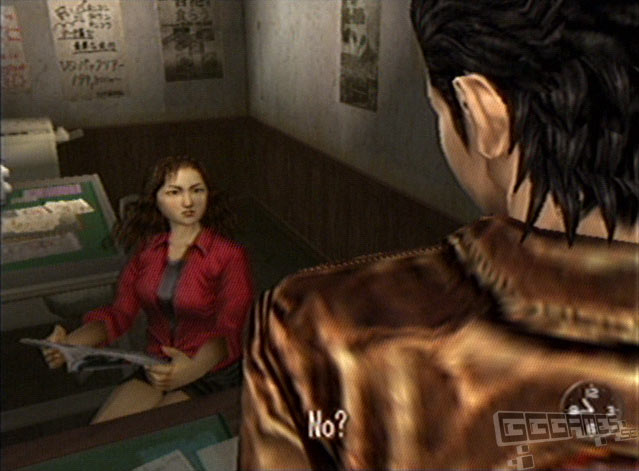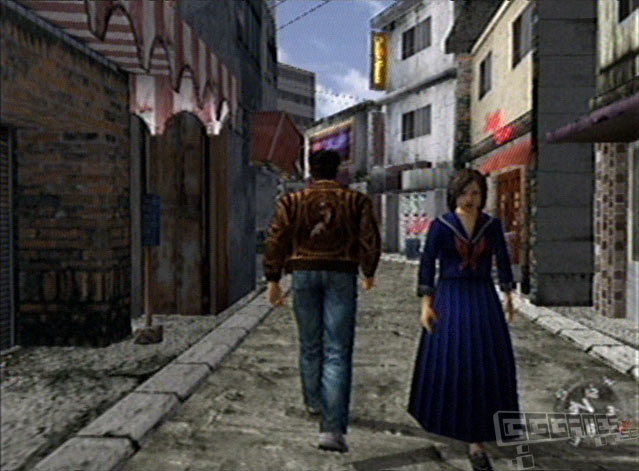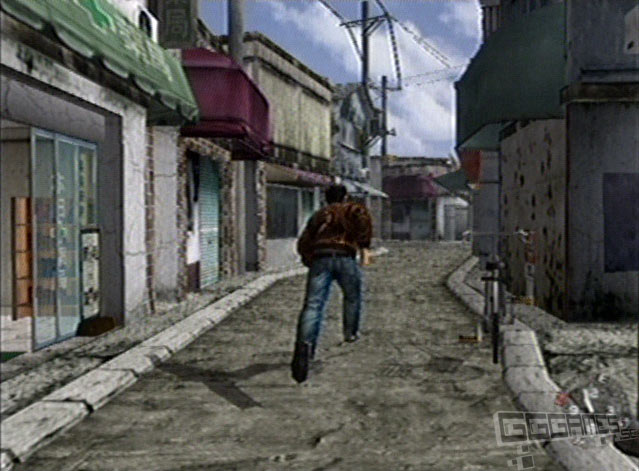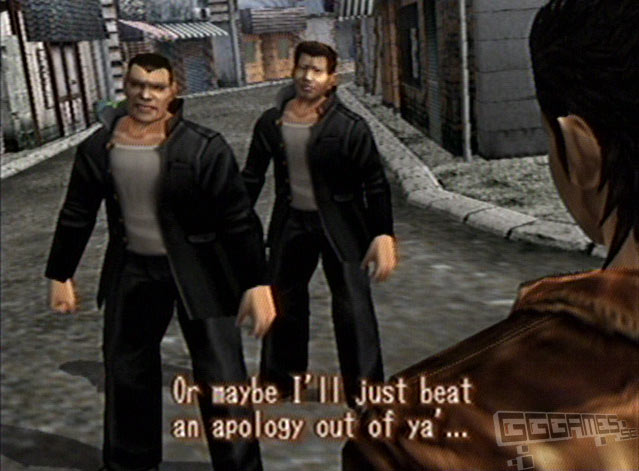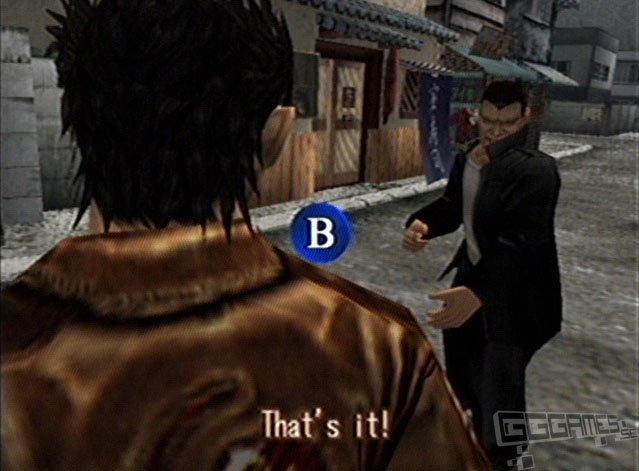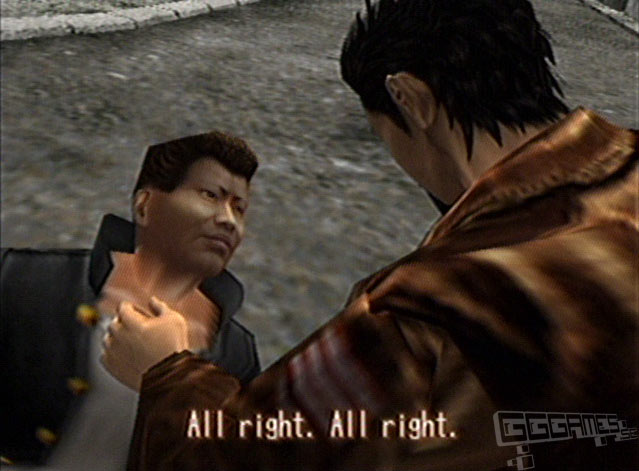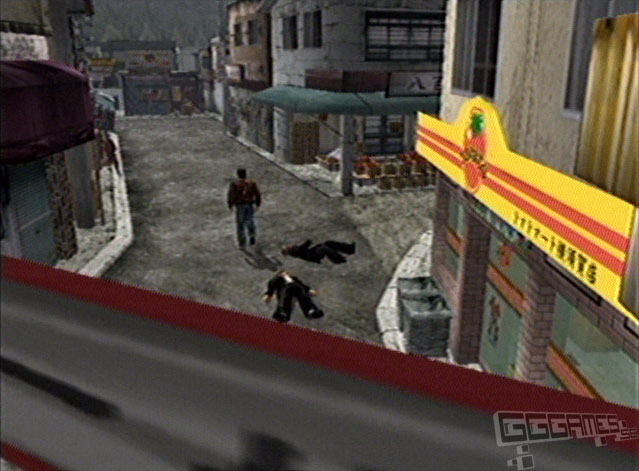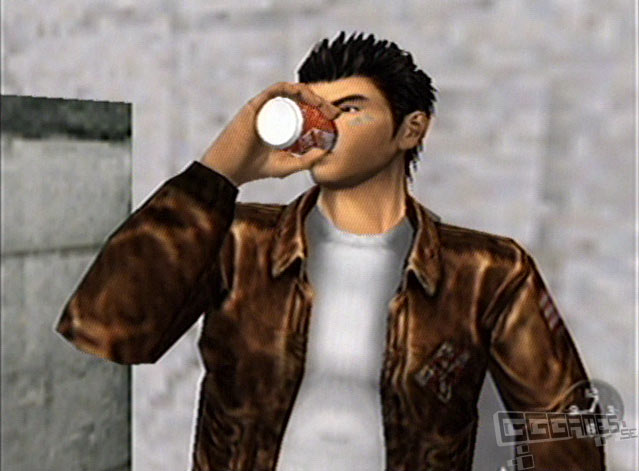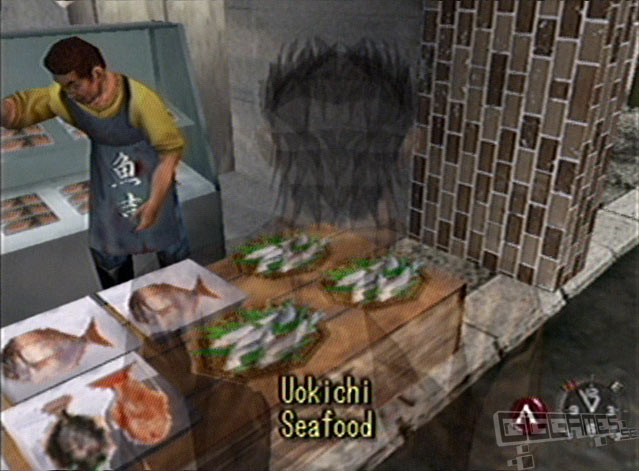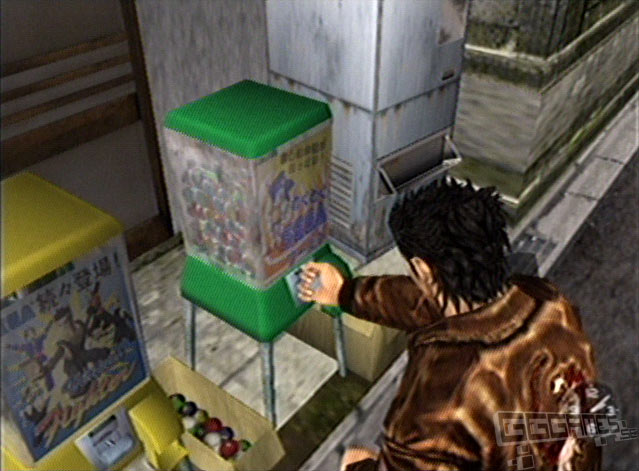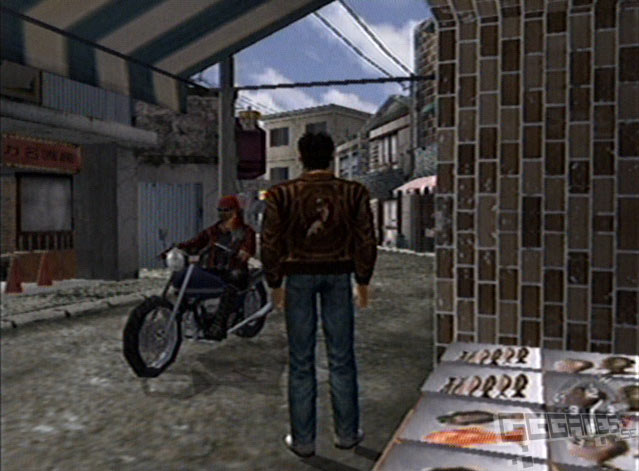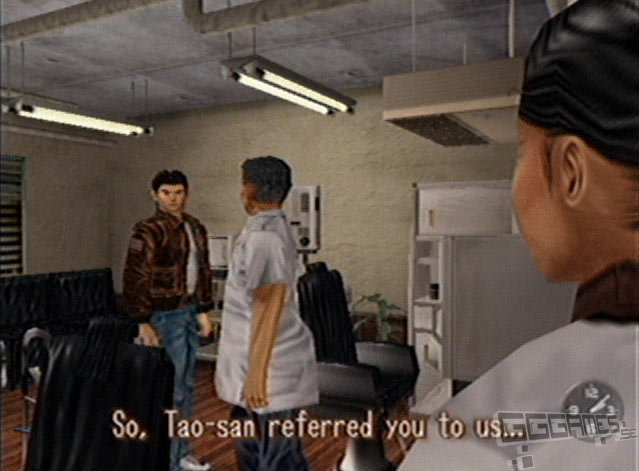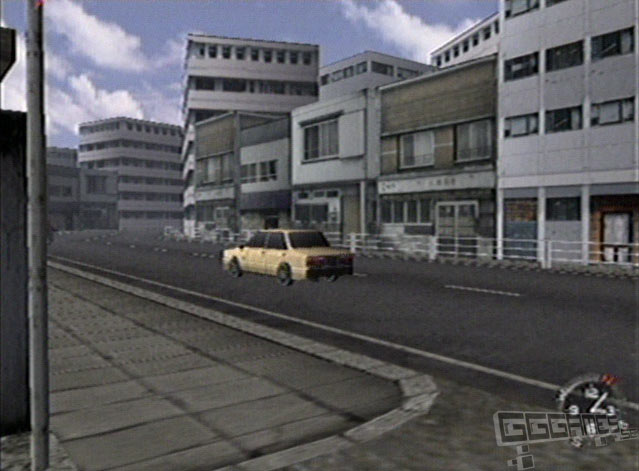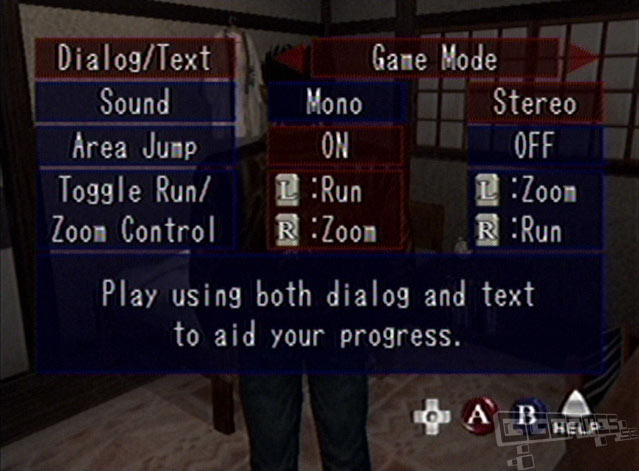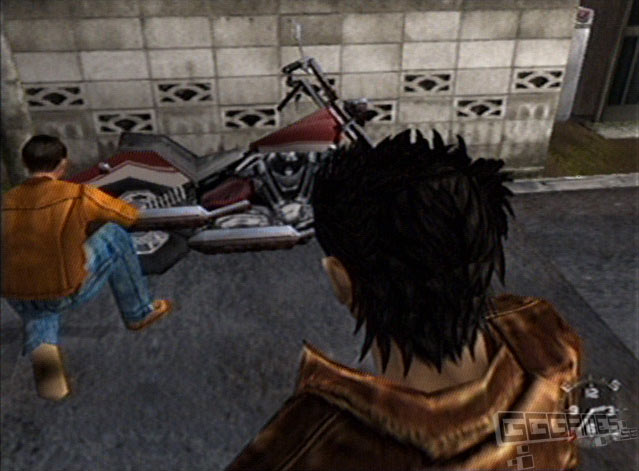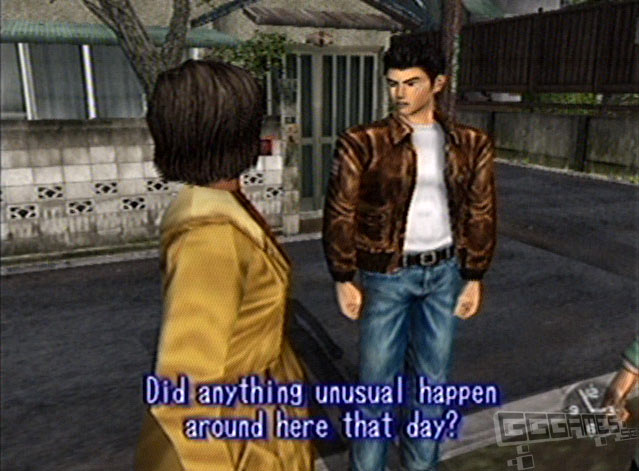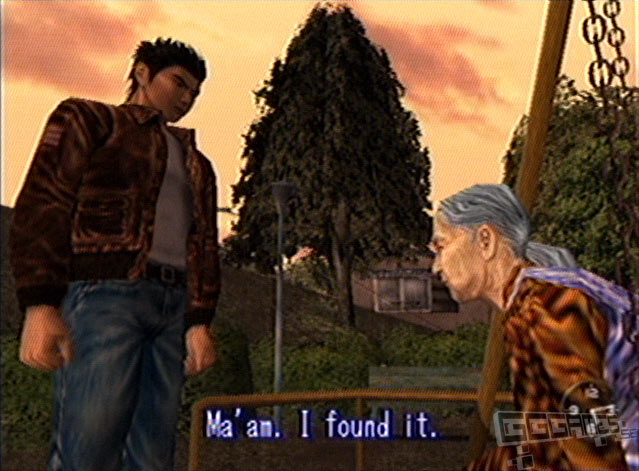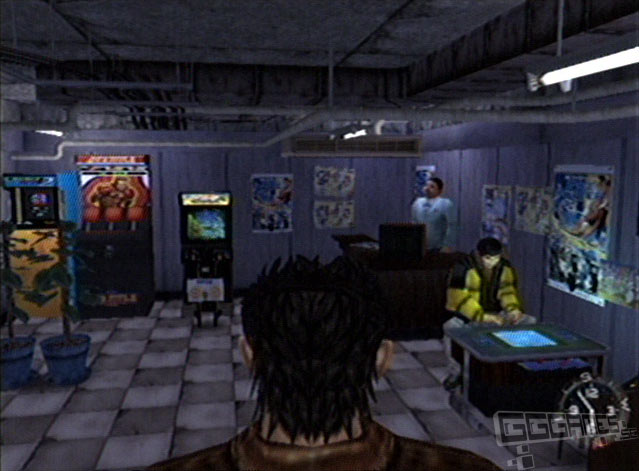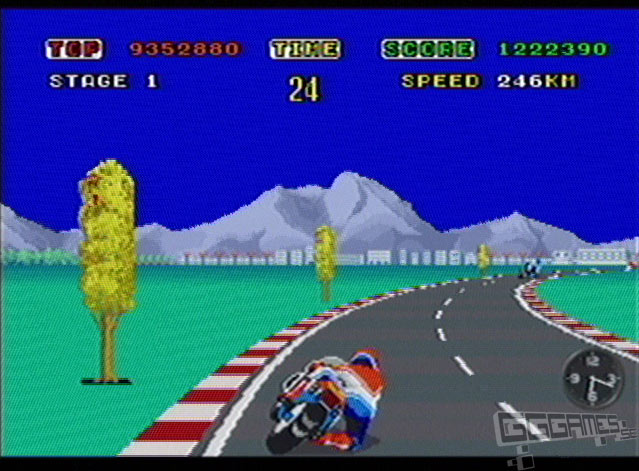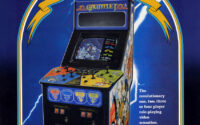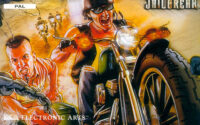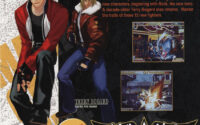Shenmue Review
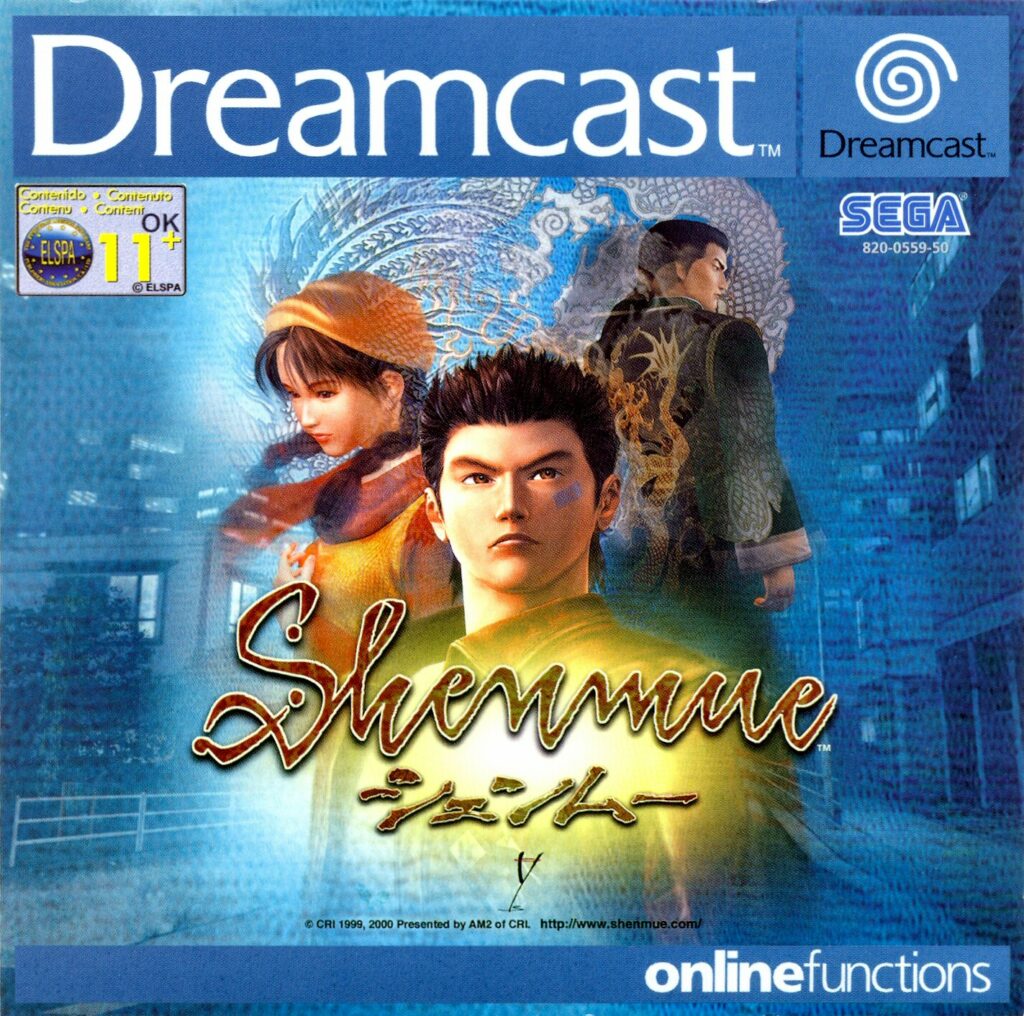
Unforgettable, groundbreaking and truly revolutionary action adventure.
Story
It was a cold winters day in the Japanese suburb Dobuita when mysterious men appeared at the Hazuki residence. They began asking the man in the house, Iwao Hazuki, about the whereabouts of a mirror. Iwao stated clearly that he had no intentions to give up this mirror to them. This quickly angered the leader of the men – a Chinese man called Lan Di.
Iwao’s son, Ryo then walked in on the occurring events, and the already tense situation quickly escalated to a deadly fight – Lan Di threatened to kill Ryo if Iwao didn’t give up the mirror to him. So Iwao was forced to hand over the mirror. To save the life of his son, Iwao was also forced to risk his own life and take a deadly blow from Lan Di. The men then left Iwao dying on the floor with the mirror in their possession. Ryo managed only to get a few last words from his father…
Ryo is left with a haunting question – what is this mirror that led to the death of his father? Determined to find out what exactly his father died for, he set out on a vengeful investigation on Lan Di and his henchmen.
The Game
The first Shenmue game for Sega Dreamcast is designed to include the first chapter in a fresh, unique long running epic written by the legendary game designer Yu Suzuki. It got a sequel called Shenmue II, which directly continues the saga, and even more games were planned beyond that. But as of to date those games haven’t seen the light of day.
Shenmue is recognized as a very unique and brilliant game that quickly reached legendary status with many gamers across the world. Therefore, the Shenmue game series is widely regarded to be the apex of Sega Dreamcast software.
Shenmue is a realistic action adventure game in which you play as the young student Ryo Hazuki. The game is heavily story driven, almost as if it was an interactive drama where you act as the main protagonist.
Ryo has been training martial arts for as long as he can remember and the game has some fighting elements in it along with some roleplaying elements as well. You can learn new fighting moves from numerous sources as you progress through the story, and you’ll also have plenty of occasions to use them.
Through the course of the game you will meet both new friends and enemies, and engage in numerous everyday activities. However, Ryo’s curious investigation quickly turns into a dangerous adventure. His ultimate goal thus becomes to bring justice the man responsible for the death of his father.
Controls
The way controls work vary depending on what you’re currently doing. The most obvious difference being between the exploration- and fighting sequences. The fighting sequences turn your buttons into punch- kick- and guarding functions instead of the usual talk- and interact functions.
On the whole, the controls while exploring are good but may need some time to get used to. Ryo does not like walking into walls, and thus auto-corrects himself near walls. This can present some unintended moves when you’re supposed to target a specific item in a narrow space, but this can easily be worked around thanks to the fact that the game has a FPS camera function – it’s only a matter of learning to use it.
Shenmue one of the first games to introduce the interactive element during cutscenes called Quick Time Events (QTE for short). At any time during a cutscene you may be prompted to quickly press a button as displayed on the screen. Pressing the wrong button will often have dire consequences, such as failing to dodge a deadly attack. Obviously this happens when Ryo quickly needs to react to some sort of danger. If you indeed fail this, you’re typically taken back to the beginning of the cutscene where you’ll get another chance at it.
The QTEs are evenly spaced out through the whole game, and they’re certainly not overused. In fact, there could have easily been more of it without it becoming old or boring, because it’s always dramatic and thanks to the cinematic on-screen action it’s always satisfying to see the result of your successful button presses.
Content
Shenmue has an intriguing story, but looking at the game mechanics you’ll find both free exploration aspects, mini games and fighting sequences. The main bulk of the game is spent exploring the highly detailed surroundings. You’ll walk around looking for clues and talking to people of Dobuita. You can start a conversation with anyone you see and the topic of the chat is automatically related to your quest as much as possible. In other words – you may get clues if the person knows something. But on the other hand, if that person does not know anything of importance he or she will simply talk about other subjects which may or may not interest you. Shenmue has a big focus on NPC characters – you’ll see people carry out their everyday lives in a very realistic way. It’s very likely that you’ll run into the same people more than once, so you can recognize people you’ve seen before, which really gives life and depth to the game world.
The game has numerous optional activities that you can engage in such as helping other people, playing darts, jukeboxes and arcade games (arcade perfect versions of the 80’s classics Hang-On and Space Harrier), collecting capsule toys and buying soft drinks, calling people on the phone, training fighting moves, sparring with friends and so on. This level of detail and variety easily draws the player into the game world, and it gives the whole experience an incredibly high level of presence. Simply put: it is absolutely mind blowing.
On top of this there are optional side quests and secrets for you to explore.
You can’t avoid violent confrontations with all the thugs, trouble-makers and mysterious people around. Even though there are numerous surprise encounters, you’re always given a fair chance to react before a fight begins. Generally fights are very realistic – usually a well placed roundhouse kick is all that’s needed to put a thug down.
The fights are obviously stressful situations but the game remains very systematic and tactical. This means that you can’t just button mash your way through a fight. Instead you’ll have to look for openings, time your attacks and use your guard to counter incoming attacks.
Shenmue goes to great lengths in helping the player get through the main adventure. The game is not hard and really does not require you to be a skilled player – quite the opposite really. As such, it is by all means an approachable game for just about anyone who knows what a video game controller is. You are given smart hints on where to go and what to do if you get stuck – and it’s very well integrated into the game. You’re actually given new hints on the subject rather than just hearing the same ones repeated, which is impressive and thoughtful of the developers.
Ryo also keeps track of his progress in a note book that you can access at any time. This alone can help you recap recent events and it also gives you an insight on Ryo’s thoughts about the clues that he has found so far.
If you find traveling around the area to be tedious you can enable a special feature called Area Jump. This allows you to quickly jump from the Hazuki residence (which acts as your base of operations) to any other location that you have previously been to, to save you the trouble of manually going there.
Shenmue has real time day and night cycles. From the moment Ryo wakes up until the moment he must go to sleep is about an hour of real time. The game also has weather that replicates real world weather based on weather data from the 80’s, which is when the story takes place. Also the passing of a season is very elaborately depicted in the game – during the adventure you’ll be able to see how deep winter turns into spring.
As the game takes place over the course of days and weeks you are limited in how fast you can rush through the game, but it will somewhat adjust to how you play. The game will keep presenting new plots and clues as you need them, and at a steady pace. You can also kick back and take your time, so the key events aren’t time based. You can’t take forever though as the game is time limited. Your first playthrough will probably take around eight to ten hours, but it is obviously depending on your play style.
Shenmue has a few bonuses that can be unlocked in the form of music cassettes, toy capsule collections and cutscenes from the game. Cutscenes will unlock automatically when you trigger them in the game, and there are some hidden and optional scenes as well.
The game also has special character presentations included as bonus material where you’ll see high quality versions of the in-game models talk about who they are and what they do. This is obviously to further deepen their characters and personalities.
Shenmue is a game experience that’s not quite like any other. The whole game world lives and breathes in a very dynamic way. There’s just a lot of sights and sounds to discover and it all makes for a very believable game world. It’s hard do describe because its machinery involves so many factors and the game portrays so many different moods in a very striking way. It’s quite remarkable, and once you get into the game it is sure to leave an impression that you won’t forget.
Graphics
The visuals are ridiculously detailed. Shenmue is one of the first games ever to allow high resolution textures to seamlessly load in and out as they are needed. The environments that are portrayed in the game are also modeled with close attention to details. Every now and then you’ll be able to inspect items. You’ll see Ryo pick an item up in his hand and you are then free to turn it around, zoom in on it and really inspect it, much as you would in real life. It’s quite impressive and well integrated into the game.
The whole game looks very realistic, and the fact that you can see flowers and buds grow from one day to another is simply unparalleled. With that in mind, the game is full with neat details that you typically don’t see in a video game – for example you’ll be able to see dirt specks, rust stains, scratches, evidence of usage and so on everywhere you go.
Shenmue is also one of the first games to feature realistic facial animations, and it’s also very well done. The rest of the animation is also exceptional, especially for a game that was originally released in 1999.
The only graphical weakness that you’ll be able to find is the fact that sometimes NPC’s fade into the game world with a small delay. For example, at first glance a place may look devoid of people, but once you get closer you’ll in fact see people pop up there. This is a very minor issue though, and it’s merely cosmetic because it does not affect the game negatively in any way.
Sound
The music obviously plays a key part in building up the atmosphere and mood in the game. And the one word that comes to mind when thinking about the music is simply “Wow”. It’s very orchestral and cinematic and it has an oriental tone to it which makes sense since the game takes place in Japan. It is truly breathtaking by itself and it’s perfect for the story as it captures the sadness and vengeful thoughts that Ryo carries around with him. The musical score has numerous heart gripping and dramatic songs which will etch themselves into your very soul.
Typically the music is very subtle during exploration, which emphasizes the sounds that come from the world around you. The whole scope of sounds that you can hear is also truly impressing.
The game also has tons of voice acting – in fact, every single conversation in the game is done with voices (and subtitles if you want to). The PAL version of the game comes with English voices, with no options to hear the original Japanese voices. The voice acting is well done anyway, but purists will miss the Japanese voices, which obviously are even better.
Summary
It’s no mystery that Shenmue has reached its legend status among gamers all around the world. The developers simply got everything just right and the end result is stellar. This game is simply a unique experience that you can’t really compare to anything else. This is perfect fiction – it has drama, romance, action, mystery, suspense and gritty, vengeful violence all forged into one great story.
As a game, the only negative thing about it is the replay value is a bit low – the only reason you would want to play it again is for nostalgic reasons, or perhaps to find all the optional cutscenes and collect all the collectable items. On the other hand, there’s an overwhelming risk that you’ll start missing the characters in the story the instant the end credits start rolling, so those nostalgic reasons may be plentiful.
